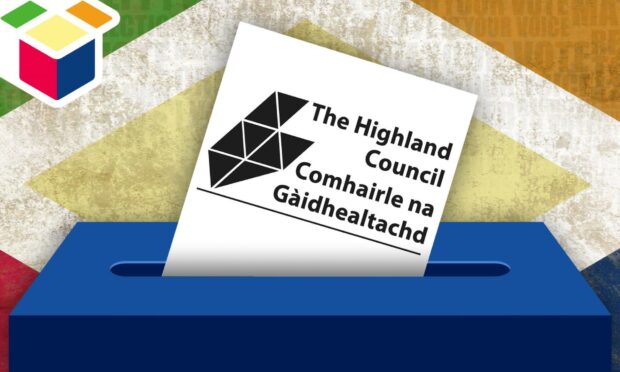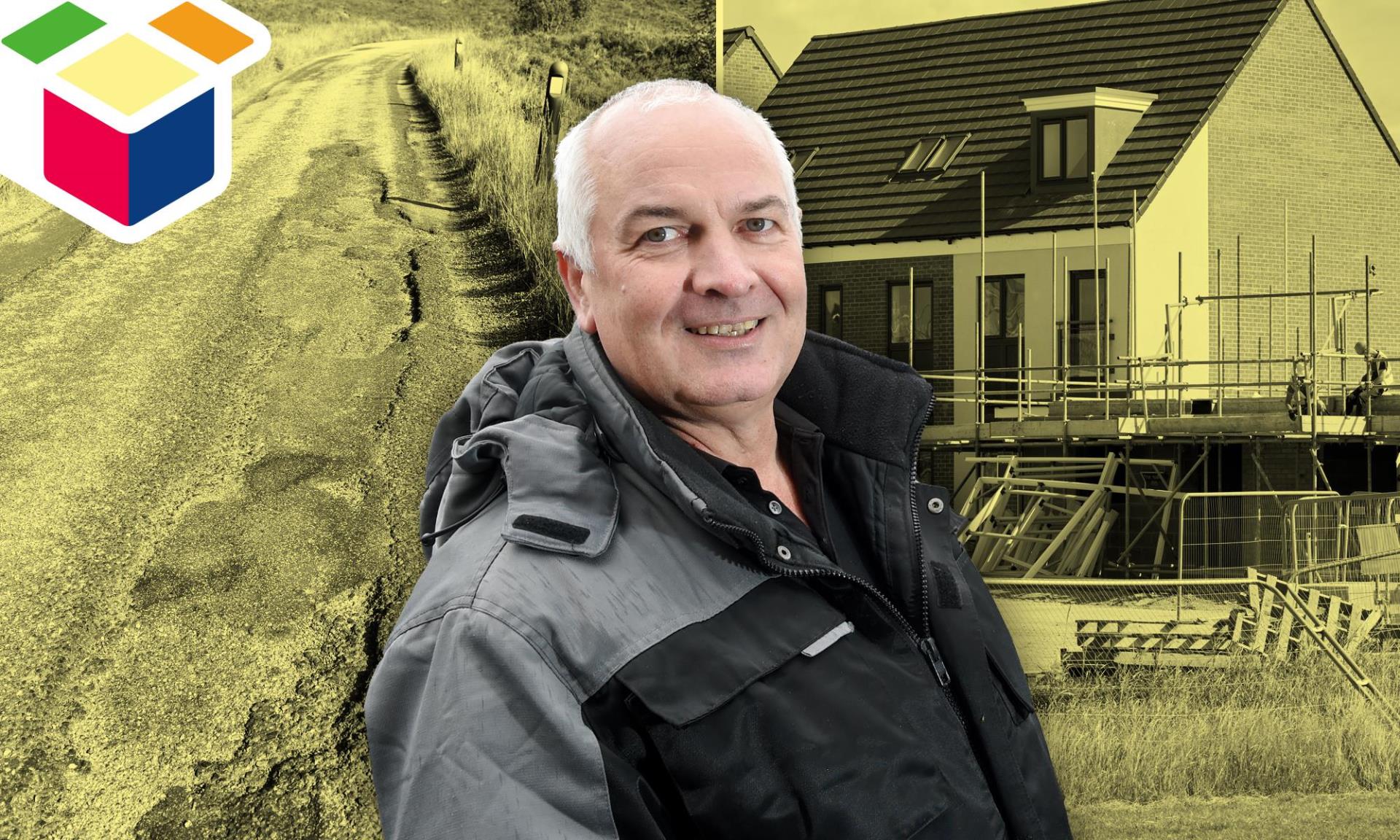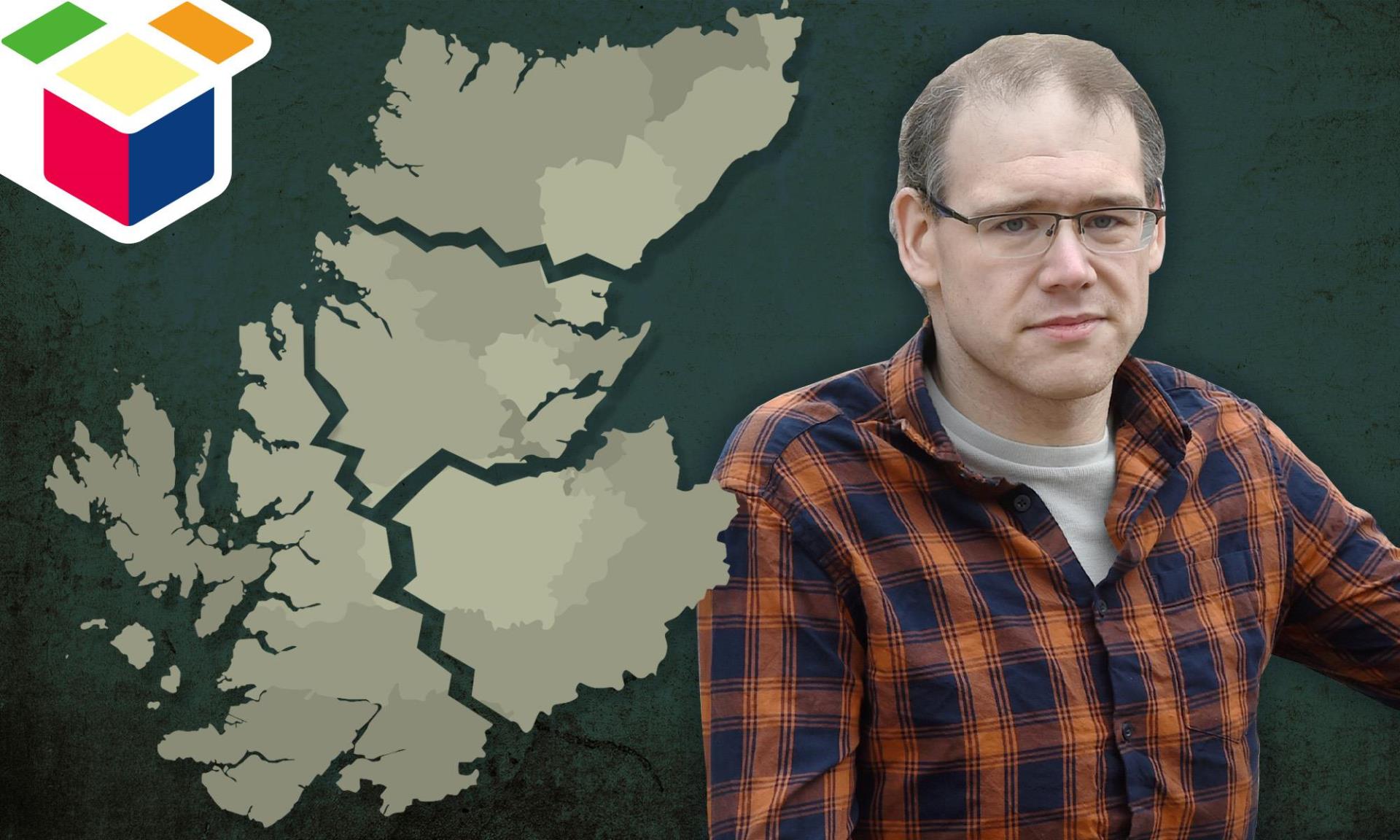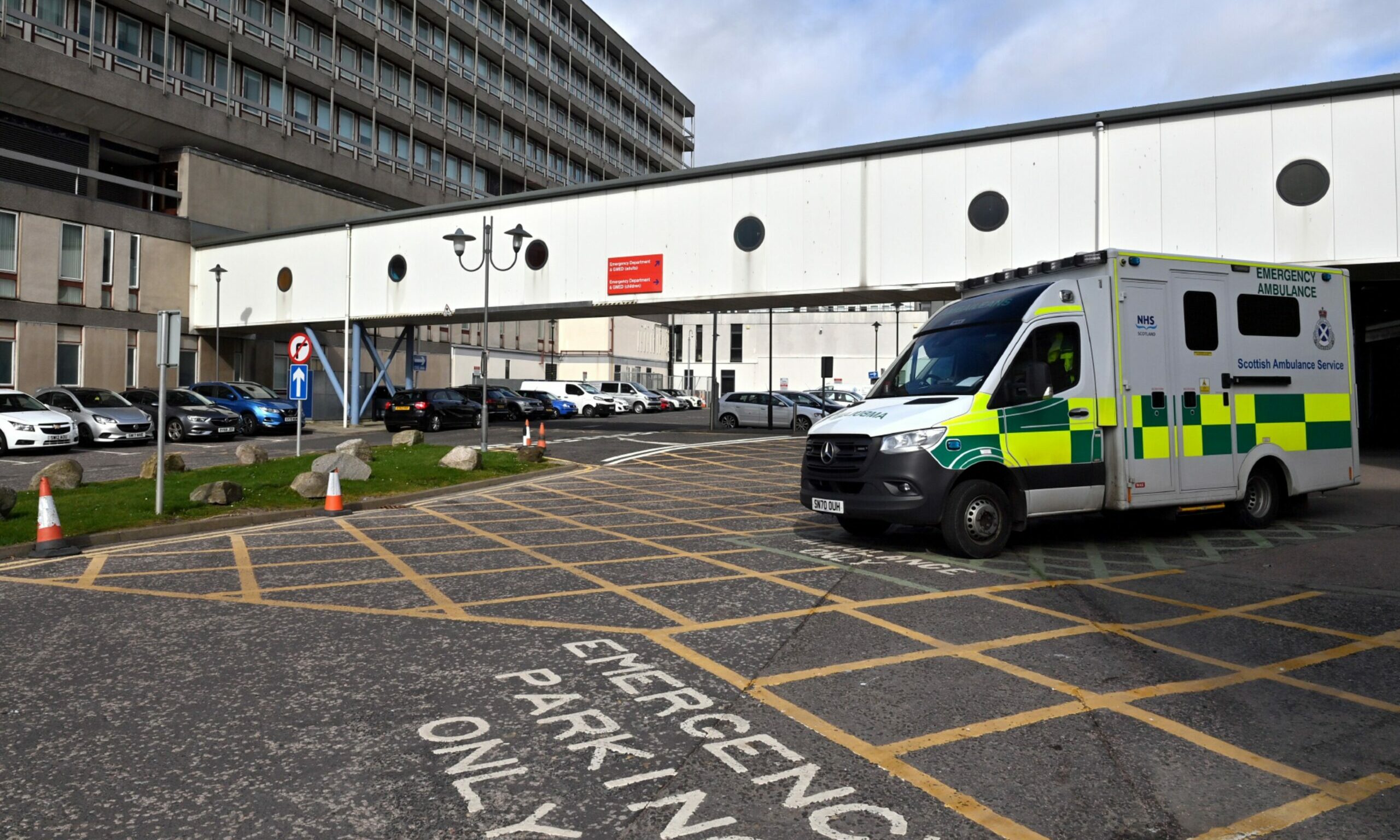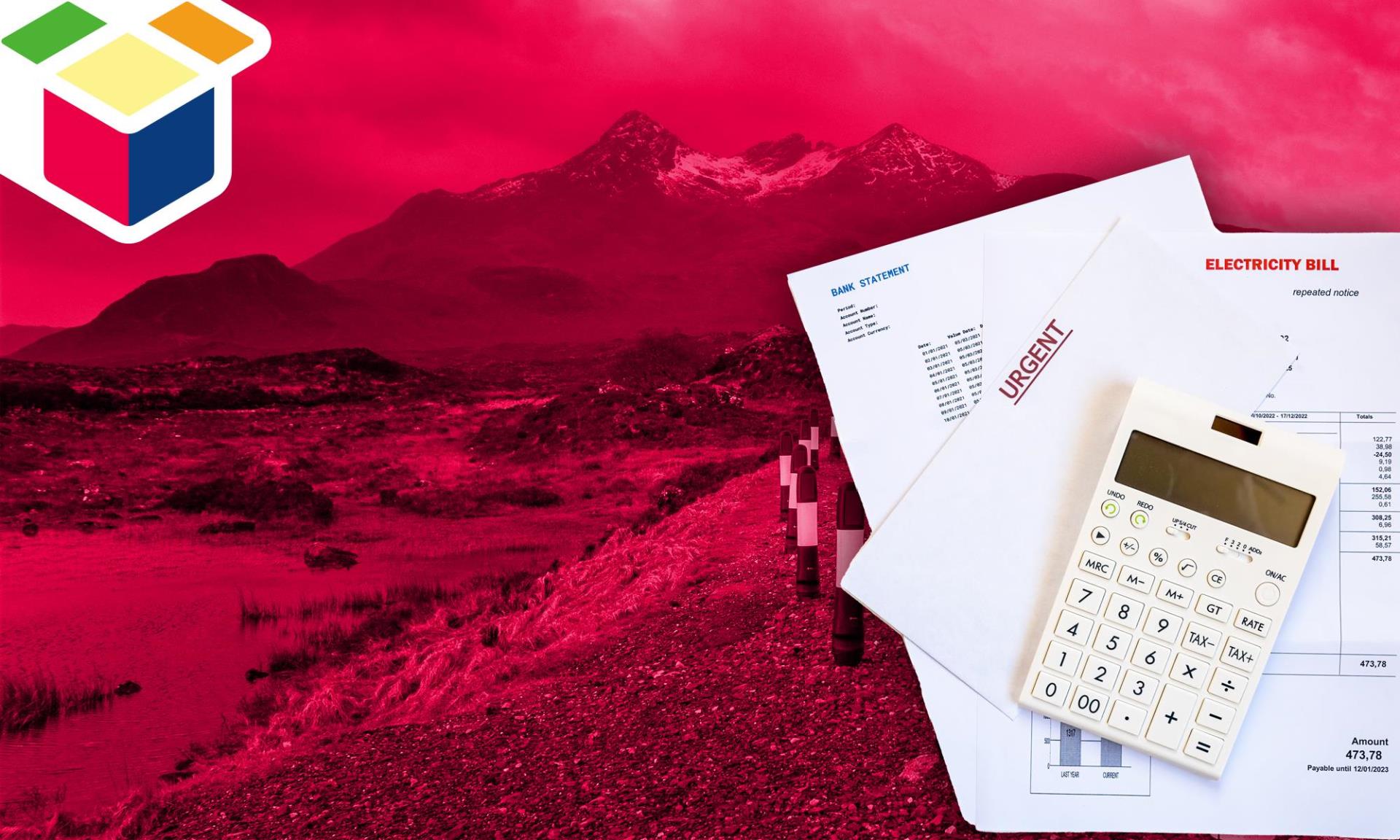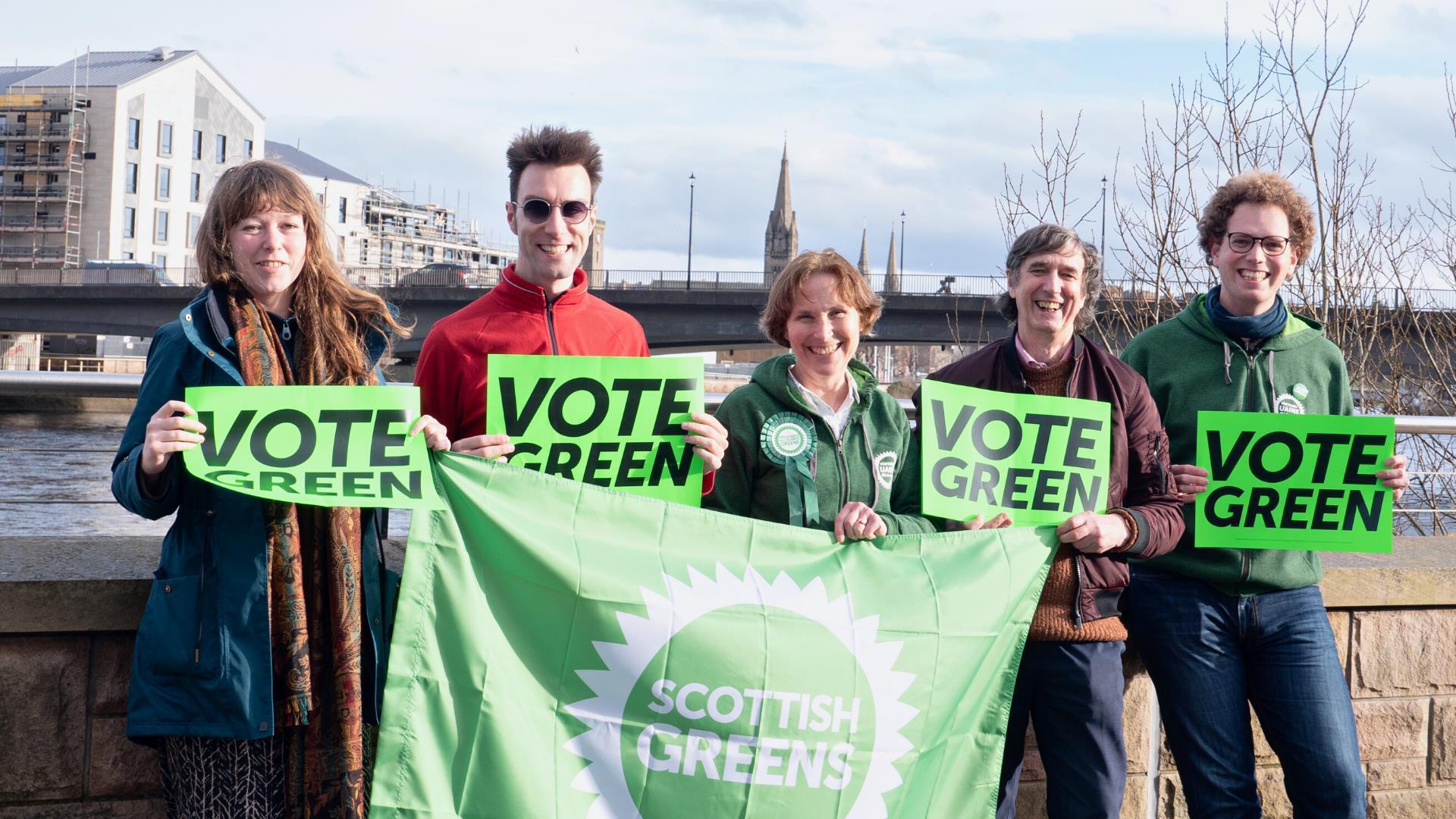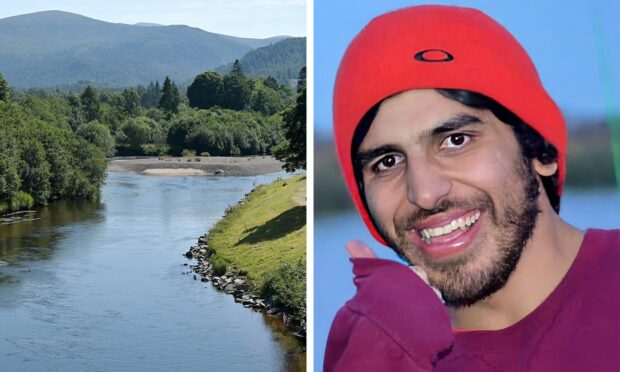As voters take to the polls on Thursday, some will be undecided on who they place their faith in to represent them within the Highland Council chamber.
Weeks of campaigning by candidates now ends, with all of them believing they are the ideal person to represent their community.
With 142 battling it out for 71 seats across 20 multi-member wards, the makeup of the next administration could change, or certainly some hope it will.
With one ward already decided as only three candidates came forward, the rest will be declared at Friday’s count.
But just what are each of the main political parties promising?
SNP
The SNP served as the official opposition to the previous administration.
This time round, they are seeking to go one better.
Fielding 23 candidates across 20 wards – the only not covered being the already declared Caol and Mallaig ward – the party promises to protect the Highland economy.
It is also seeking to strengthen local infrastructure, as well as providing up to 2,000 new homes for locals.
The SNP vows to regenerate town centres whilst continuing “the positive impact of tourism on the Highland economy”.
Additional training for additional support needs (ASN) staff has also been promised.
Scottish Conservatives
Breaking up the Highland Council is the main priority of the Conservative party.
The group believe “radical reform” is required to ensure diverse communities with diverse needs are best represented.
With the Highland region spanning an area the size of Belgium, the group are calling for “smaller, locally accountable councils”.
The group is also calling for repairs to roads across the region, with a repair bill quoted at a whopping £195m.
It believes taxpayers’ money should be put to better use and is also calling for greater investment to ensure children are given the “best possible chance in life” through education.
Lib Dems
The Lib Dems also accept that the Highland Council region is unique and differs from every other part of Scotland.
Due to this, the local party says the area requires “different solutions and services” and has called for a flexible approach.
Similar to the Conservatives, it too has put 21 candidates forward for election.
The party is seeking to end what they describe as the “longest ever waits for medical appointments”.
It is also seeking to increase the roads budget to repair potholes across the region.
Schools are a big motivating factor for the party.
Providing new education facilities, like those planned in Tain, Nairn, Broadford and Ness Castle will be supported, alongside addressing overcrowding issues at the likes of Culloden Academy.
The party also promises to improve the condition of rural schools.
Affordable accommodation and providing better public transport is also proposed.
Labour
Ending the cost of living crisis is the number one priority for the Labour party.
Its 14 candidates have also pledged to better represent Highland communities within the council chamber. Labour has vowed to make “real, meaningful change”.
They say too many people face the “impossible choice” between heating and eating, and propose ending this through additional support and grants.
Labour promises to abolish unfair council tax, upgrade the energy efficiency of people’s homes and propose a publicly-owned energy company to bring down bills.
The party is also seeking to generate the greatest yield locally for communities who host or are located near to renewable energy schemes.
Candidates say they will do “everything in their power to tackle the cost of living crisis”.
They promise to “make politicians in Edinburgh and London wake up to the harsh reality of rising bills”.
Greens
The Greens are seeking to return their greatest ever number of Highland councillors.
Already the party has matched its total number of councillors from last term – where Pippa Hadley was their first elected member within Highland Council’s chamber.
Andrew Baldrey will take up his role as a councillor for Caol and Mallaig via the only uncontested seat across the region.
The party will push for all new publicly-owned housing to be built to Passivhaus standards to reduce fuel poverty, increase quality of life and help the Highlands meet its climate targets.
The party is keen to deliver a publicly-owned Highland bus service, providing an efficient integrated service similar to that of Lothian Buses in Edinburgh.
Reduced speed limits in neighbourhoods are proposed, with improvements to the rail network mooted.
The party is also seeking to expand electric vehicle infrastructure, as well as encouraging the formation of EV car clubs.
The Greens are encouraging visitors to undertake “slow tourism”. They say that any improvements should not be at the detriment of local communities.
How many candidates is each party fielding?
Other candidates are standing as independents or as part of minority parties.
A full-list of the 142 candidates, can be found here.
The full breakdown of allegiances to parties is as follows:
- Independent – 40
- Other – 12
- Scottish Conservative and Unionist – 21
- Scottish Green Party – 11
- The Scottish Labour Party – 14
- Scottish Liberal Democrats – 21
- Scottish National Party (SNP) – 23
